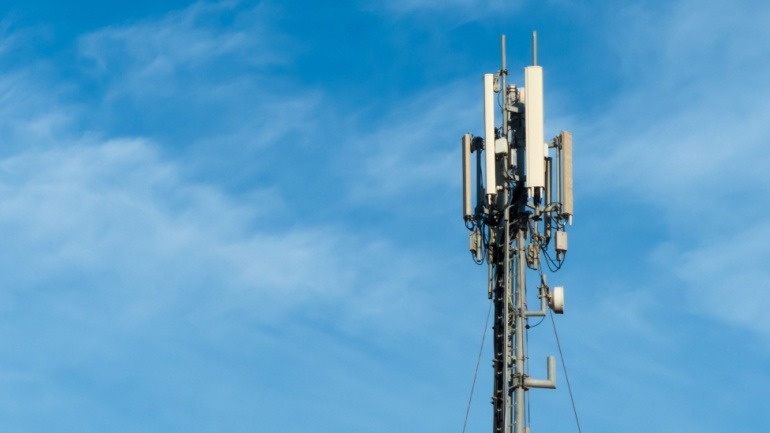Samsung and KT are pioneering 6G innovations by advancing multi-antenna technologies to enhance signal quality and coverage. Incorporating AI into telecom systems, they aim to improve network stability and performance. The collaboration focuses on X-MIMO systems to deliver faster, reliable connectivity.
Samsung and KDDI Research are spearheading the integration of artificial intelligence into future 6G networks. By enhancing multiple-input multiple-output (MIMO) systems with AI, they aim to boost transmission speeds and network capacity, revolutionizing mobile networks.
Samsung successfully tested 5G RedCap on Hyundai’s private 5G network in Ulsan, marking an industry-first for Industry 4.0. The trial enhances Hyundai’s smart factory initiative, optimizing automation with RedCap-enabled devices.
Verizon’s integration of Qualcomm’s Dragonwing RAN Intelligent Controller with Samsung’s AI-powered Energy Saving Manager marks a leap in the telecom space. Utilizing AI and Open RAN technology, Verizon seeks to enhance energy efficiency and RAN management.
Samsung Electronics is enhancing UScellular’s 5G network in the Mid-Atlantic with its innovative 5G technology, focusing on fixed wireless access and mobile traffic. The deployment of the 5G Compact Macro simplifies installation and delivers high-speed, low-latency service, crucial for mmWave connectivity.
IBM and Samsung are poised to secure a £900 million contract for the UK’s Emergency Services Network, an essential move to modernize communication systems for emergency services. This development challenges BT’s previous dominance in the sector.
Liberty, a leading Puerto Rican telecom operator, partners with Samsung Networks Latin America to revolutionize communication by testing vRAN and Open RAN technologies. This initiative establishes Liberty as a pioneer in Puerto Rico, enhancing their 5G network’s efficiency and flexibility.
Korean tech giants SK Telecom and Samsung Electronics are advancing 5G connectivity with AI-enhanced solutions. By deploying Samsung’s AI-RAN Parameter Recommender, SK Telecom optimizes 5G base station settings, leading to improved network quality.
Samsung Electronics today announced that the company has been selected by KDDI as a main vendor to provide 4G and 5G O-RAN compliant virtualized Radio Access Network (vRAN) solutions for their Open RAN deployment in Japan. In line with KDDI’s vision to adopt leading-edge network technology, the companies will expand the reach of Open RAN in the coming years. Starting from 2025, KDDI will expand its Open RAN deployment leveraging the advantages of a fully disaggregated and software-based architecture powered by Samsung vRAN. KDDI’s Open RAN network will feature enhanced capabilities for improved energy efficiency, optimized performance and intelligent automation. “KDDI has been focused on identifying and preparing for next-generation networks, and we have been conducting numerous technical verification and feasibility studies on Open RAN with industry-leading companies like Samsung,” said Kazuyuki Yoshimura, Chief Technology Officer of KDDI. “Today’s announcement represents KDDI’s dedication to bringing innovative technologies to Japan. We are proud to deliver a cutting-edge and reliable radio access…
Samsung and NTT Docomo are combining forces to propel AI research and innovation within the telecommunications sector, setting the stage for 6G technology. This strategic partnership aims to elevate network quality and service, ensuring seamless VoIP communication even in challenging signal areas.













